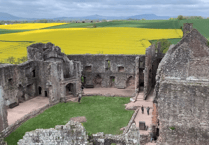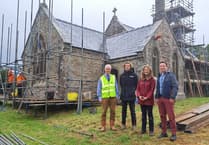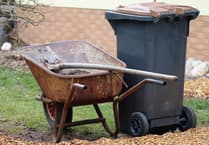A FIRM which designed the R&A World Golf Museum in St Andrews, the Silverstone racetrack museum and the Olympic Museum in Switzerland will design the county city’s new £18-million museum and art gallery.
Herefordshire Council, which is overseeing the Hereford project, says Cheshire-based Mather & Co “has extensive experience in museum and visitor attractions”, and will work with it “to create an engaging and innovative visitor experience”.
The redeveloped grade II-listed library and museum in Broad Street will get new exhibition spaces, better visitor facilities, improved accessibility, and a new rooftop café and viewing area.
Mather & Co has nearly 30 years’ experience in designing cultural attractions, and the renovated facility will provide a permanent home for the Herefordshire Hoard of Viking treasure unearthed in 2015.
Council cabinet member for community services and assets, Coun Harry Bramer (Conservative, Penyard), said Mather & Co’s “exceptional track record in designing immersive and thought-provoking museums will help us create a truly unique and captivating experience for our visitors”.
“Together, we look forward to crafting a space that celebrates Herefordshire’s heritage, arts and culture and inspire generations to come,” added the former Ross town mayor.
Content manager Leanne Clydesdale said: “The unique heritage and history of the region will be brought out through a closer co-development with audiences, working with stories and collections to create a strong sense of pride and ownership.”
The Broad Street work is part-funded by the Government’s Stronger Towns package and the National Lottery Heritage Fund.
The project also aims to achieve certification for its energy efficiency.

Recently loaned to York’s Jorvik Viking Centre, it was discovered near Leominster by two detectorists who later served jail terms for trying to illegally sell items.
The hoard includes a gold arm bangle with beast head clasp, a pendant made from a sphere of rock crystal mounted in gold, a gold octagonal ring with black inlay and 29 rare coins mostly of Alfred the Great of Wessex and Ceolwulf II of Mercia.
It is thought to have been buried around 878, perhaps as part of a high-status Viking hoard.





Comments
This article has no comments yet. Be the first to leave a comment.